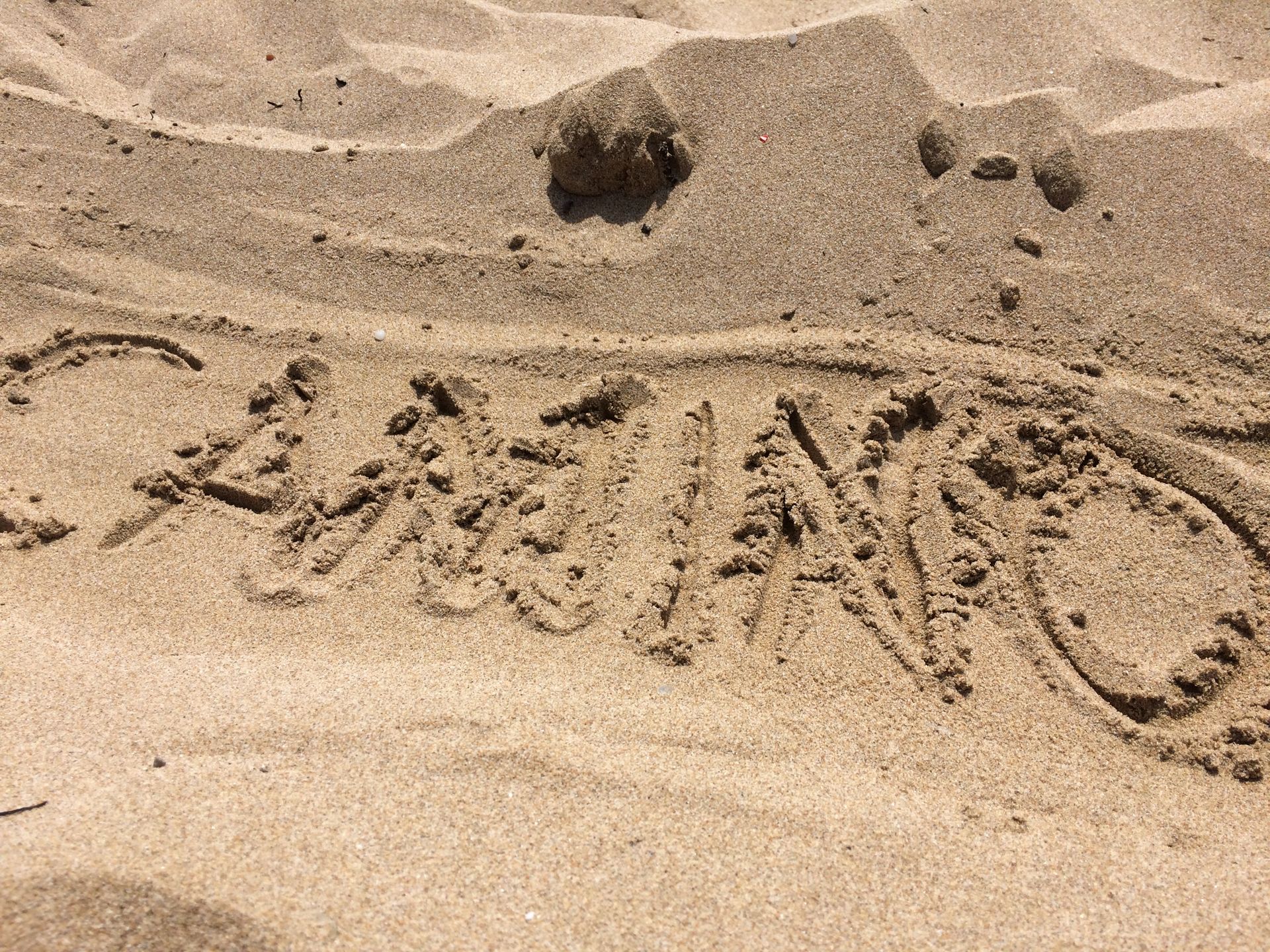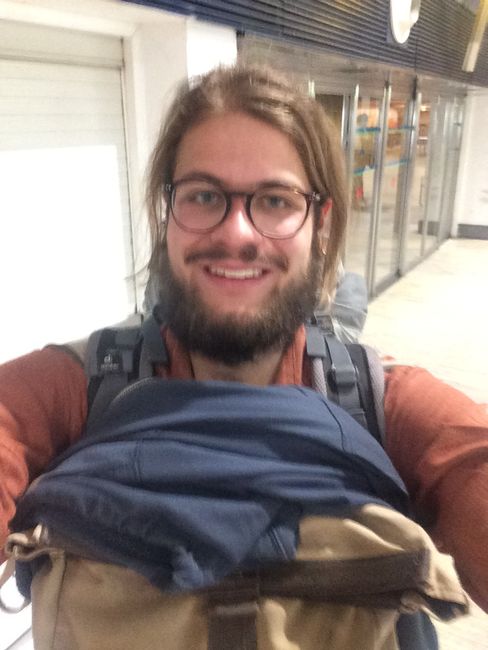
Camino
vakantio.de/caminodelavida
From Tarragona to Barcelona
Uñt’ayata: 30.05.2018
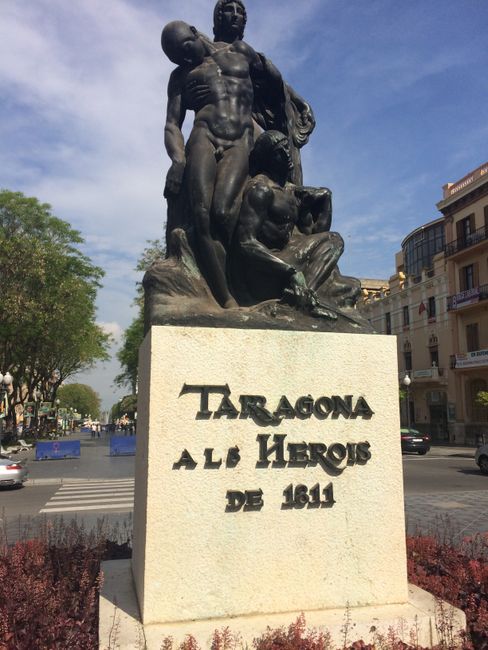
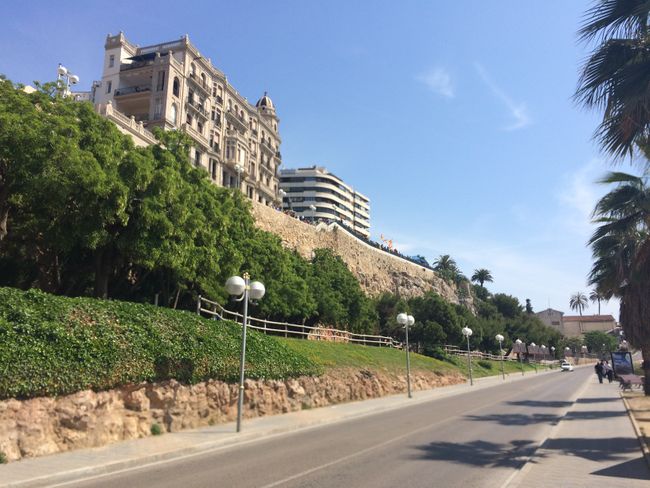
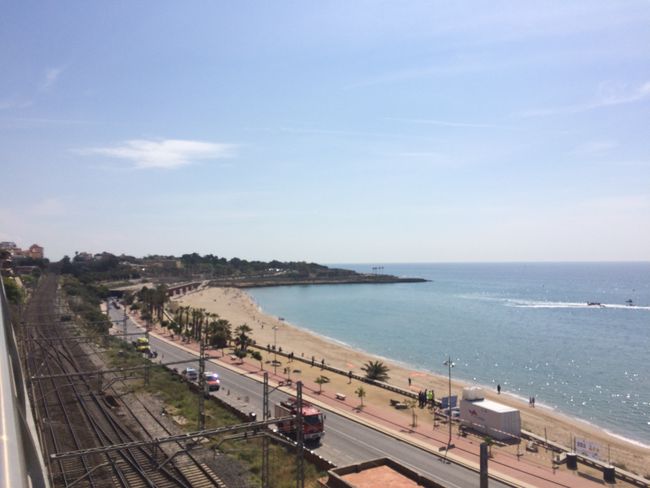
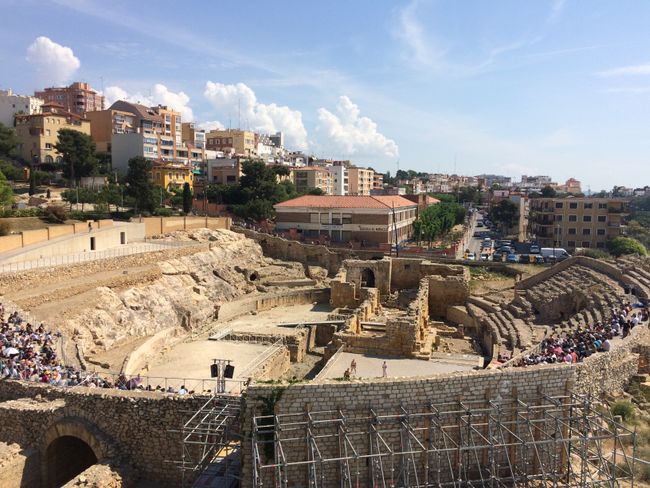
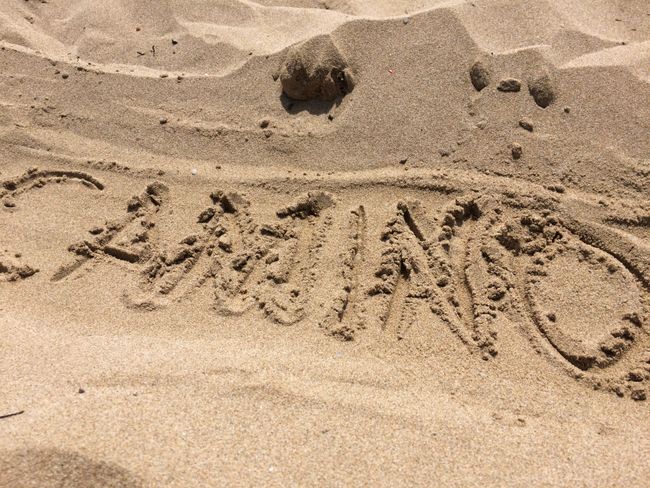
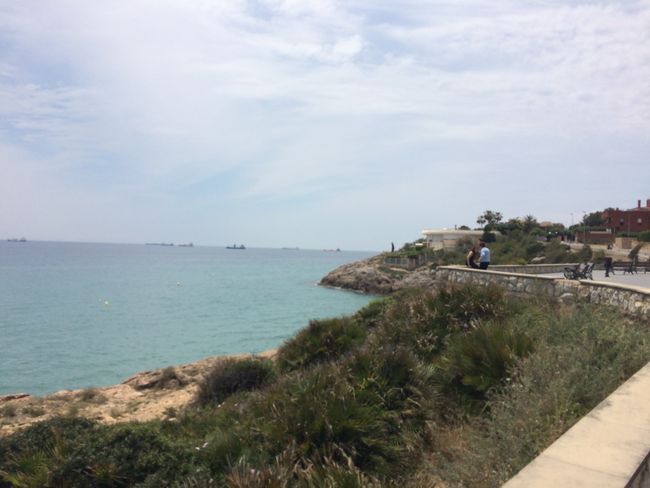
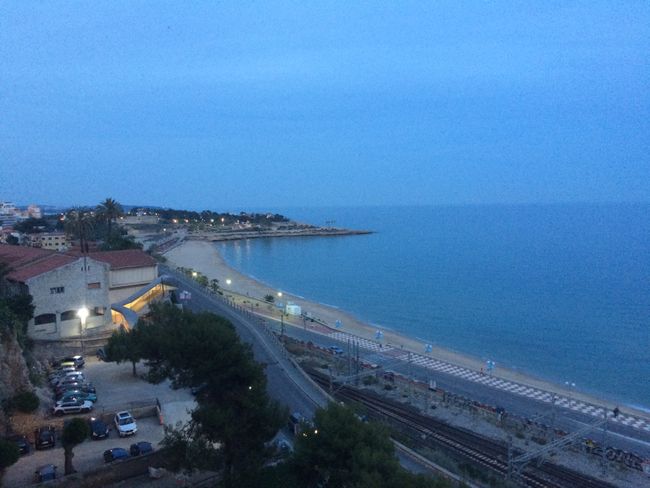
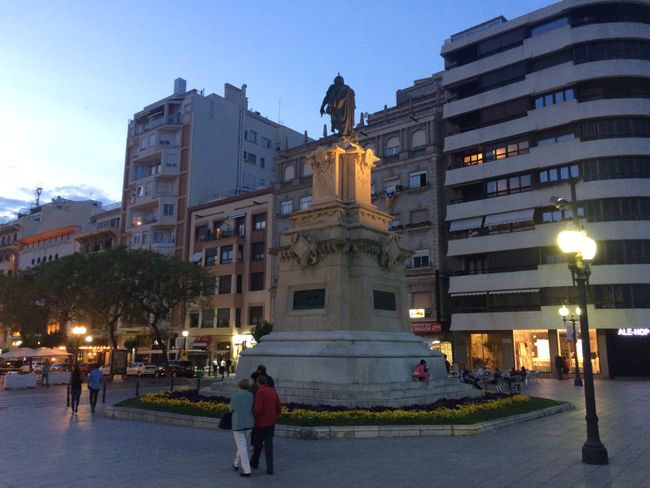
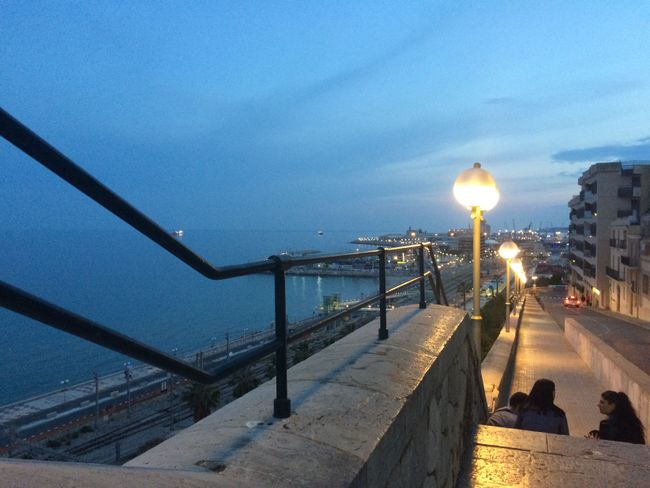
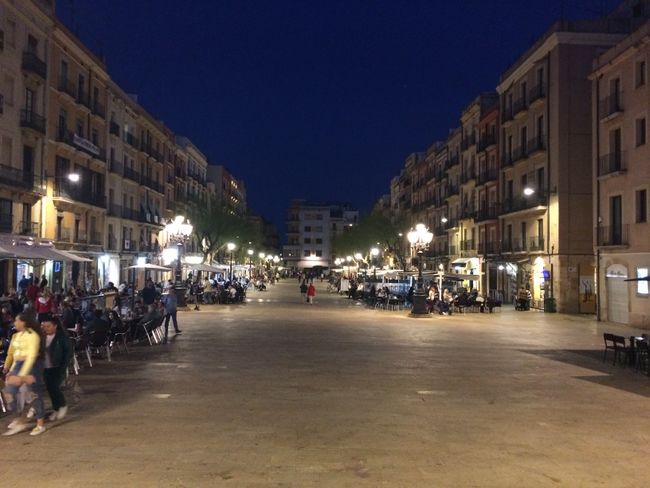
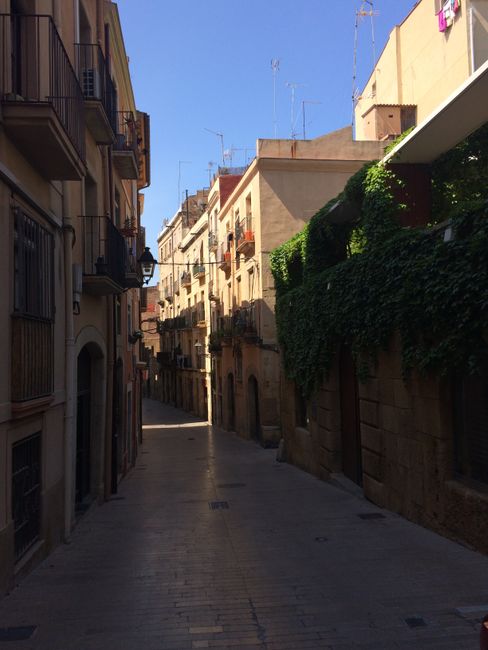
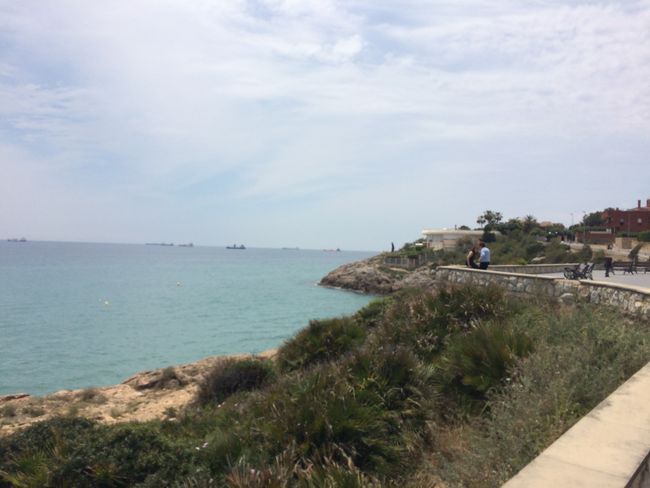
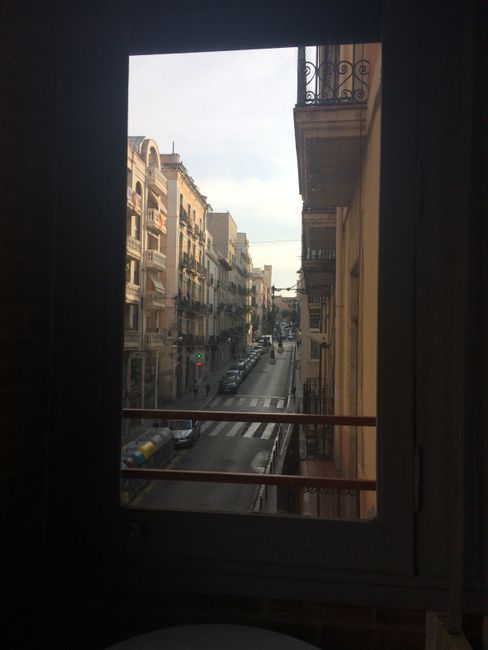
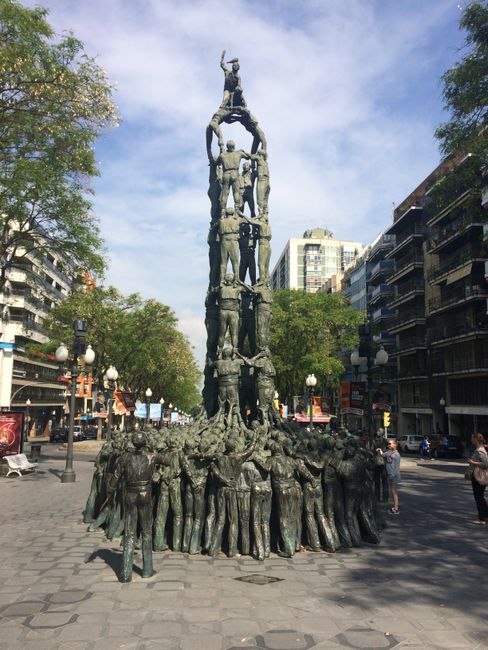
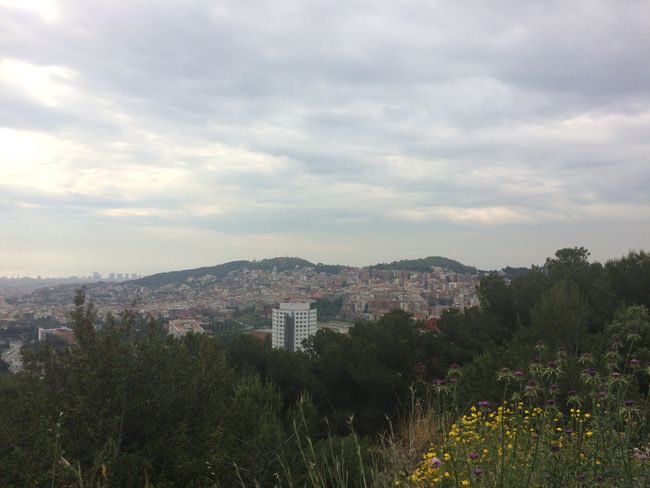
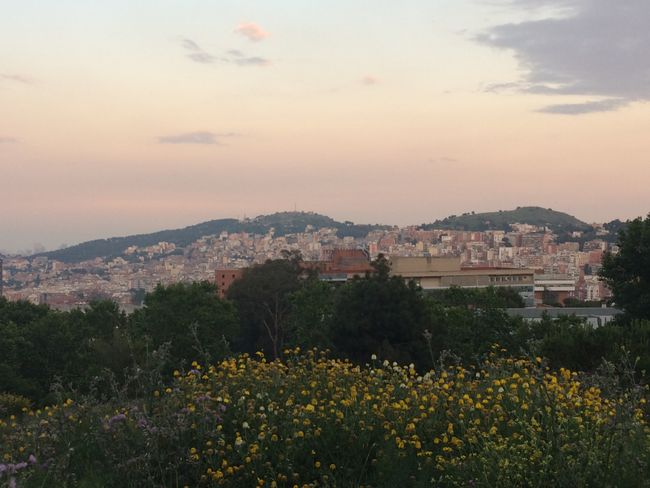
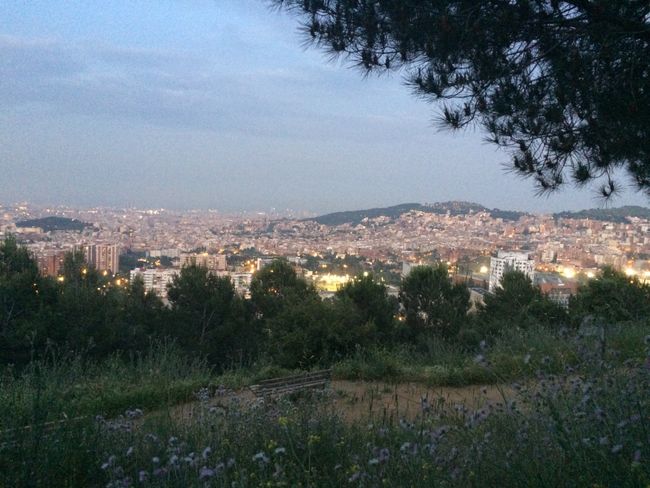
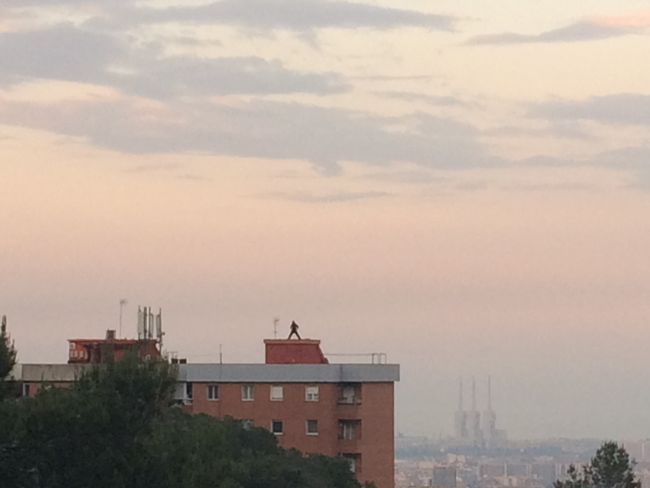
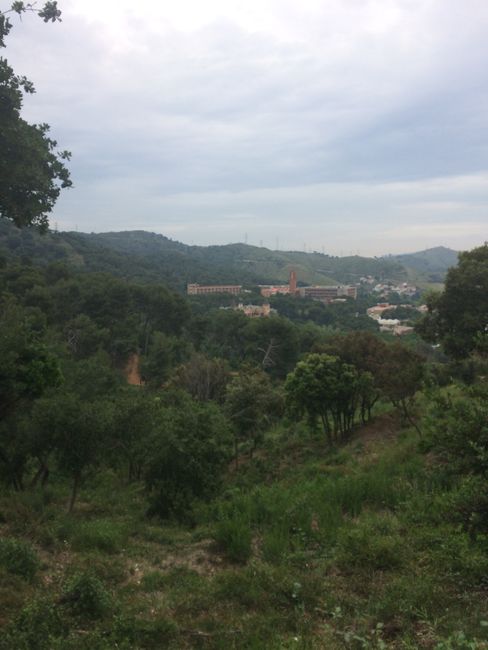
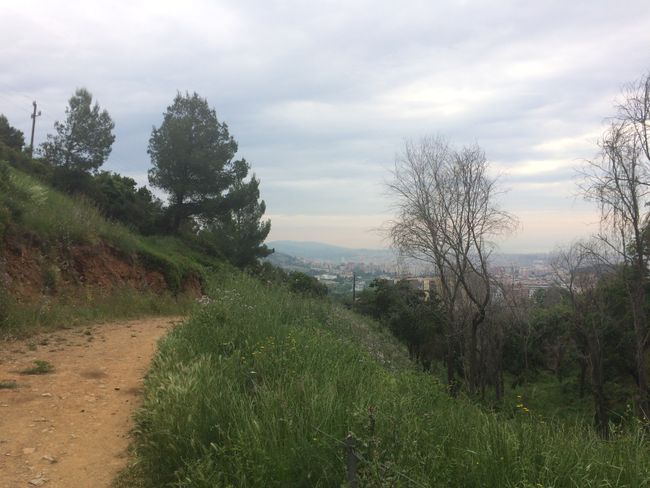
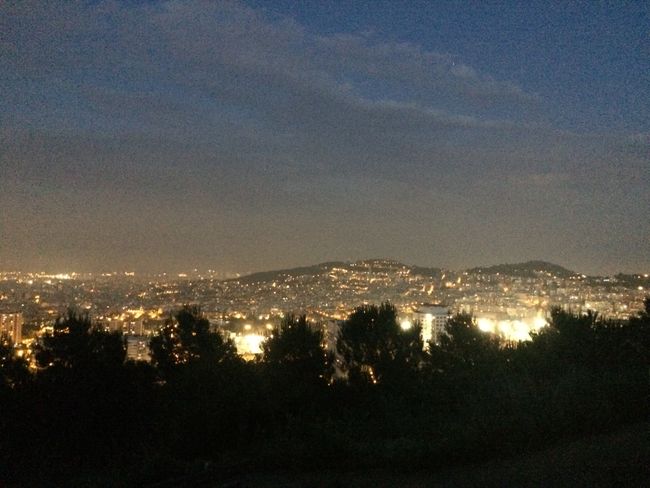
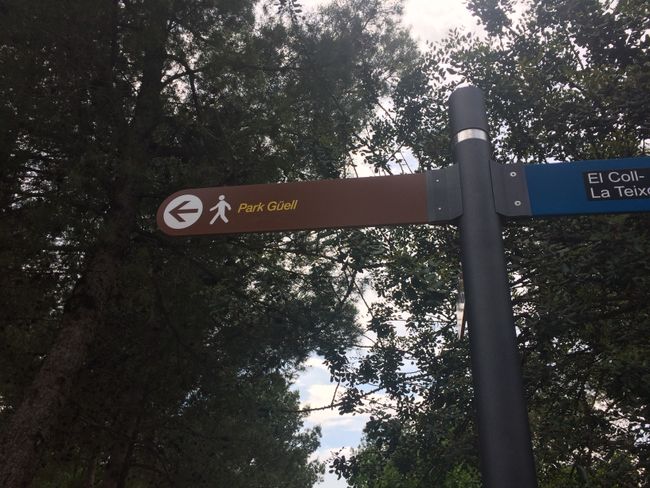
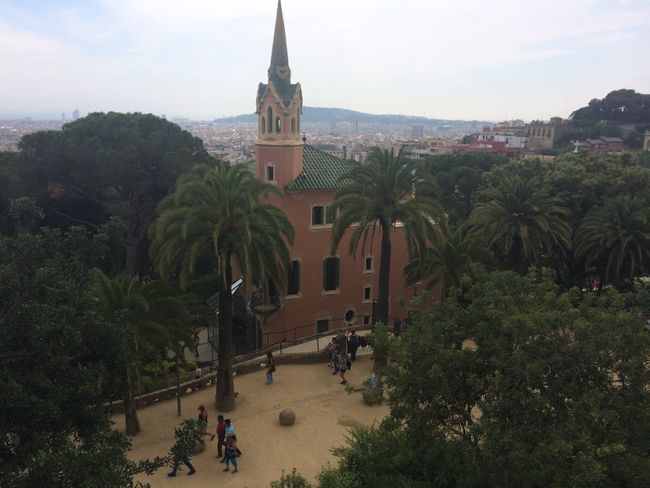
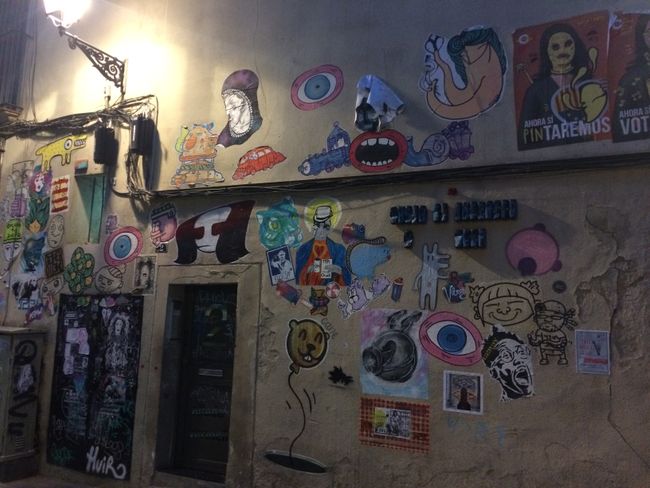
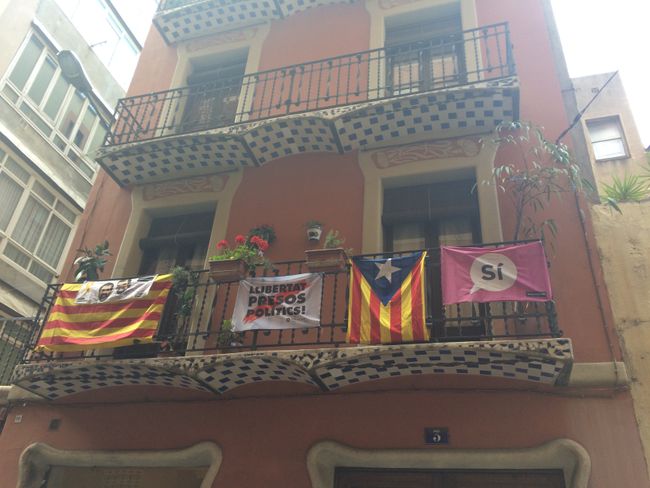
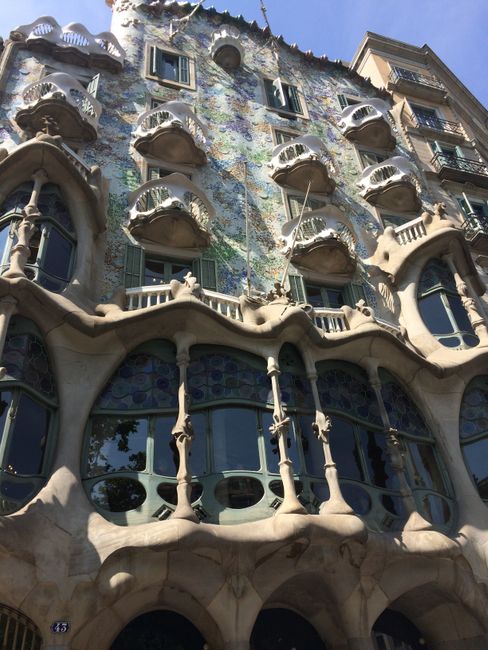
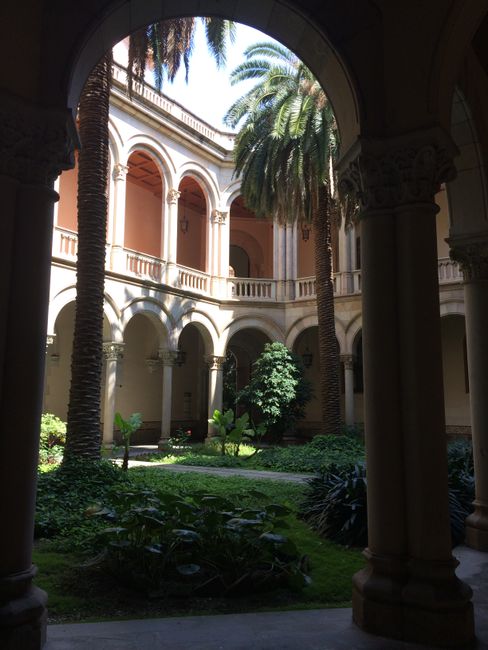
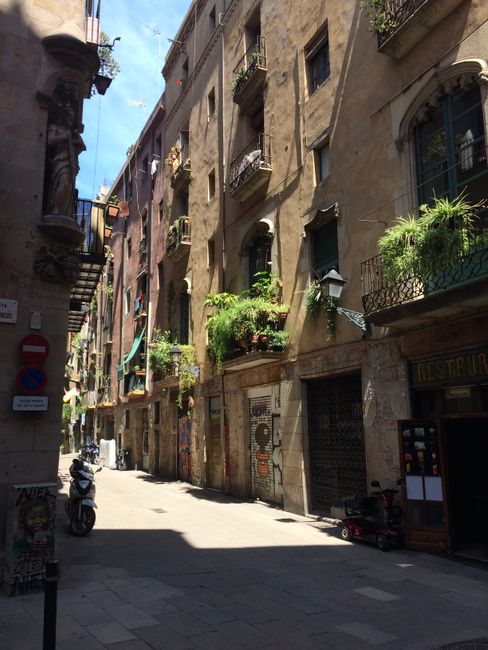
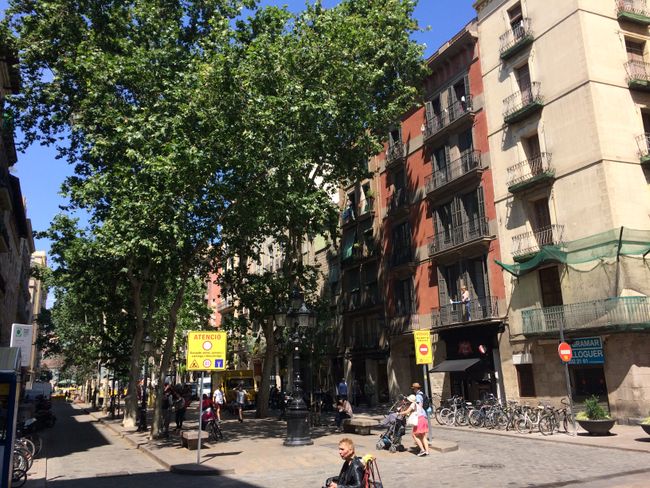
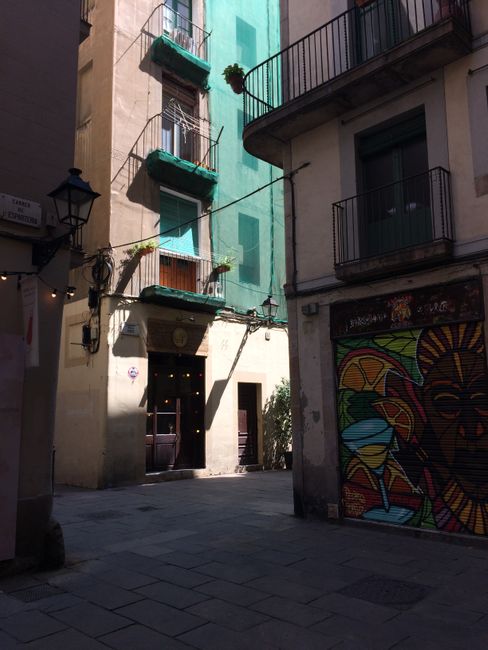
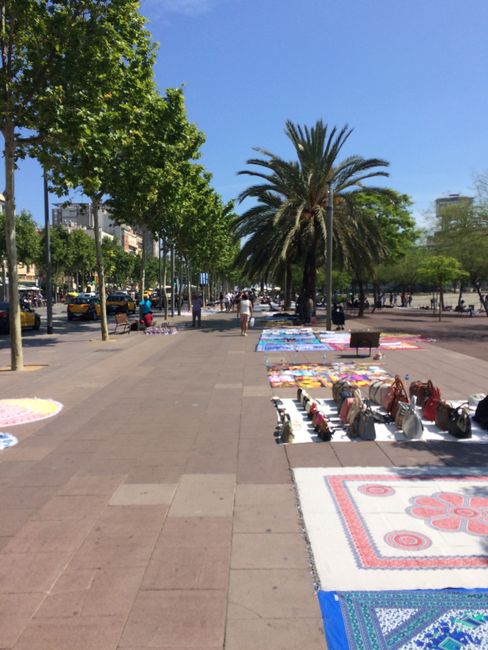
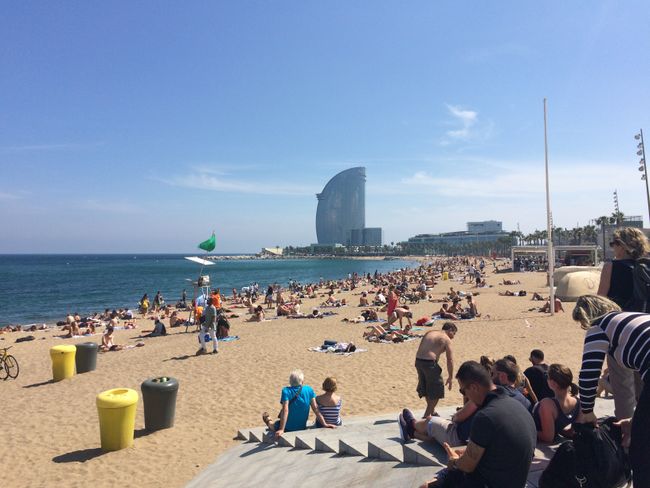
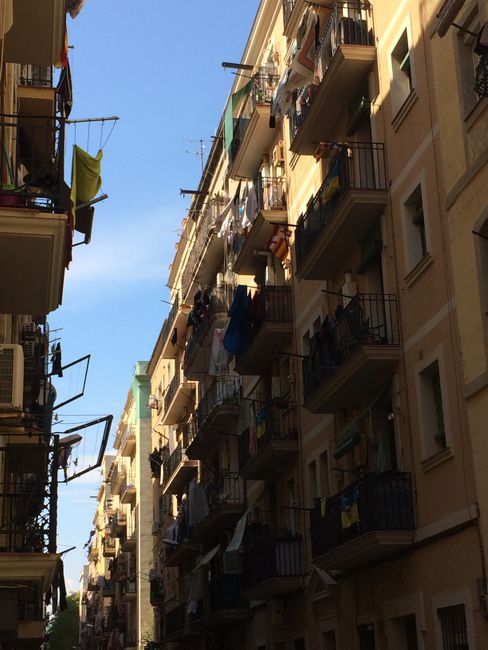

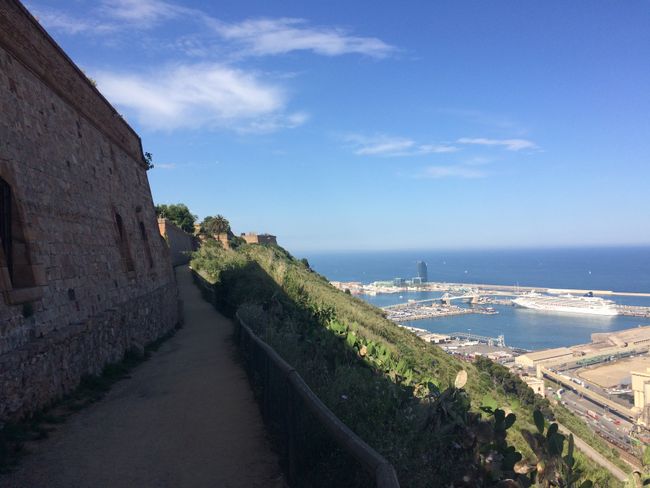
Yatiyäw qillqatar qillqt’asipxam
After 4 days in Valencia, I made my way to Tarragona in Catalonia. The bus ride took about 3 hours. Tarragona is located below Barcelona (about 1 hour away) and right by the sea. The city was conquered by the Romans in 218 BC and became the capital of their province. The Roman era is still very much evident today, as many buildings from that time have been preserved. The most striking building is the amphitheater from the 2nd century, which was built right by the sea. In addition, the city center is very well preserved from the medieval period and an absolute beauty for me.
Overall, I stayed in this small town for two nights and took a full day to explore the city (from the first pictures to the 'human tower').
After my time in Tarragona, I visited a friend (Carla) in Barcelona, whom I had met during my trip to England through Workaway. However, for the first few days I did not stay at her house (for certain reasons), but in a house where you can get a room for free for a maximum of 15 days. The house is a cultural place where occasional events on art and much more are offered/take place (at least that's how it was explained to me). The location of the house is somewhat outside the center of Barcelona, but it is in a very beautiful area, as nature is literally at the doorstep. It is also easily accessible by the metro. More precisely, this neighborhood is located on a small hillside. My place of residence was only a few minutes away from Carla's house, making it a good base for me. People who live in this 'cultural house' live in very simple conditions and are involved in various cultural projects. Without an appointment, I arrived at this house and asked about the possibility of getting a room. I rang the doorbell and a young adult opened the door for me. With my 'broken' Spanish skills, I conveyed to him that I was looking for a place to sleep and if there was still a vacant room. He answered my question affirmatively, let me enter the house, and led me to a small dark room. In doing so, he opened the door with a big jerk, as it did not open right away. We also passed through the kitchen, which in my eyes looked very chaotic and dirty aussah. In the following room, there was a flipchart that graphically depicted the rooms. There were still three rooms available for people like me. The young adult asked for my name and wrote it on the flipchart. Then he led me to my room, showed me the very basic bathroom, and explained a few house rules. My 'new' room had a simple bed, a nightstand, and a built-in wardrobe. The electricity worked, but the light did not. The whole house was mostly dirty and chaotic....
Every evening at around 11 o'clock, the gate at the entrance was locked and no one could easily enter or leave. A real disadvantage for me!
On the third day, my time in this "extraordinary" house came to an end. Carla offered me the opportunity to live with her in her house. I immediately accepted this offer. In Carla's house, I had my own room again, where I immediately felt much more at home and comfortable.
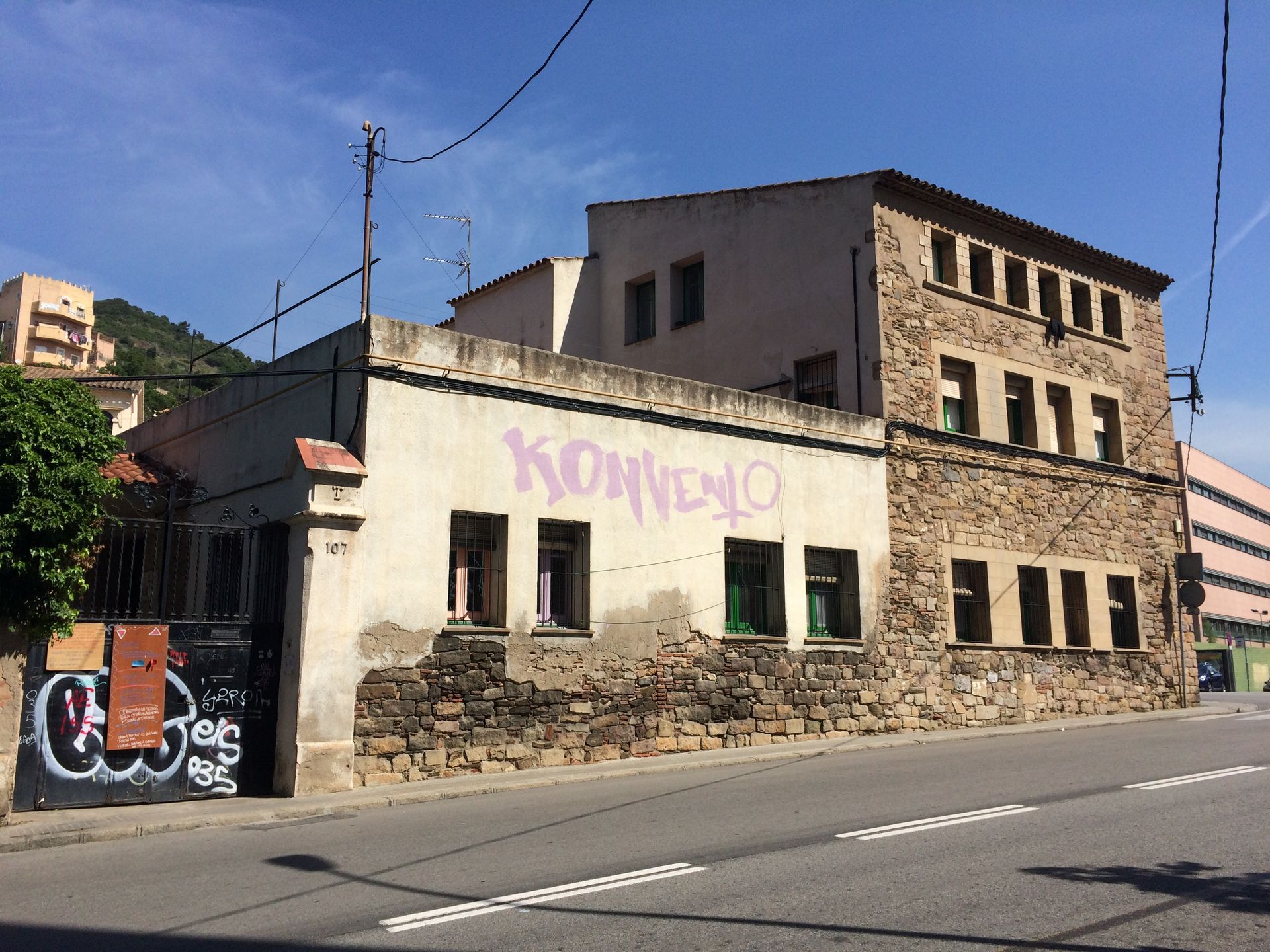
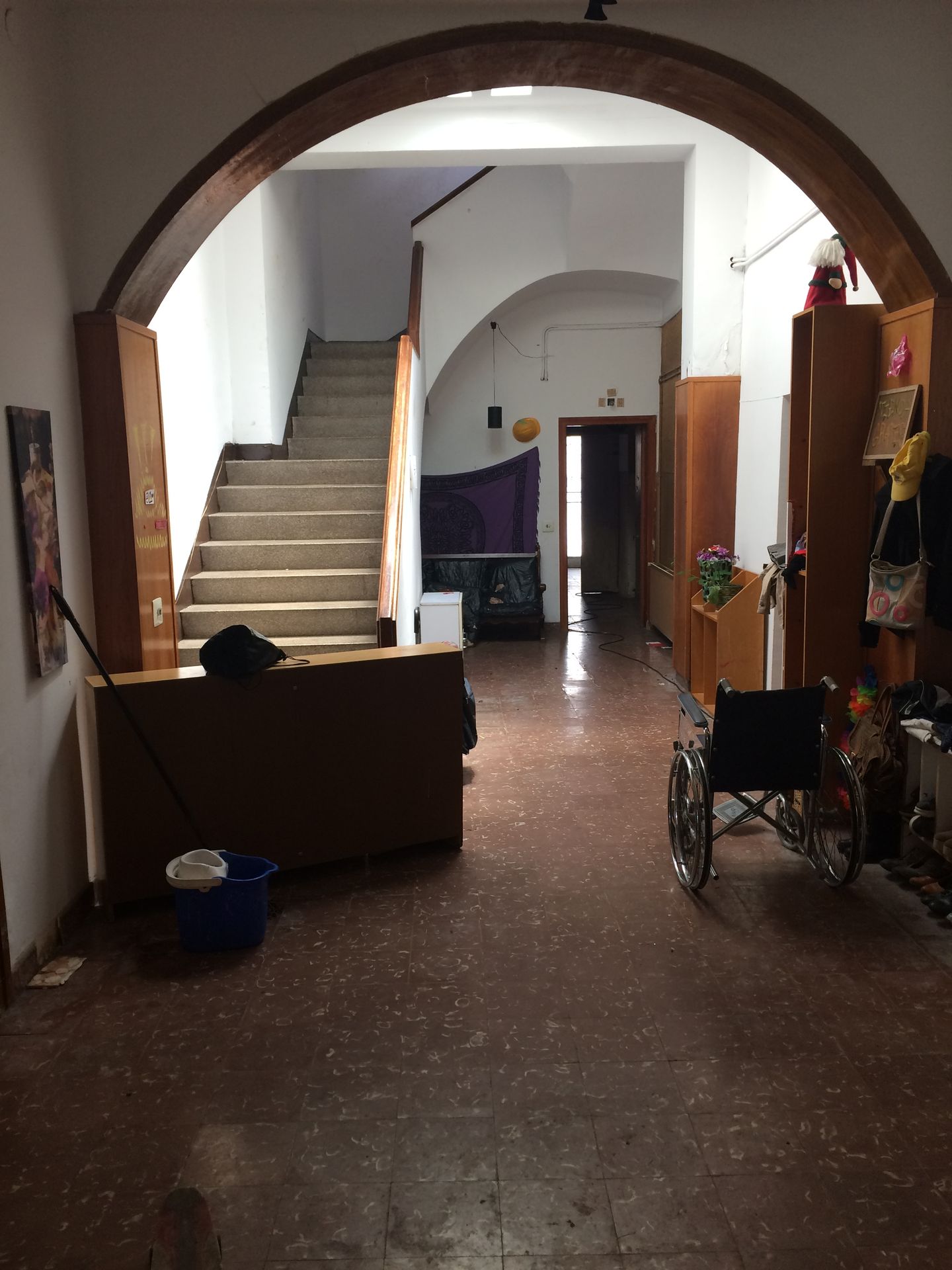
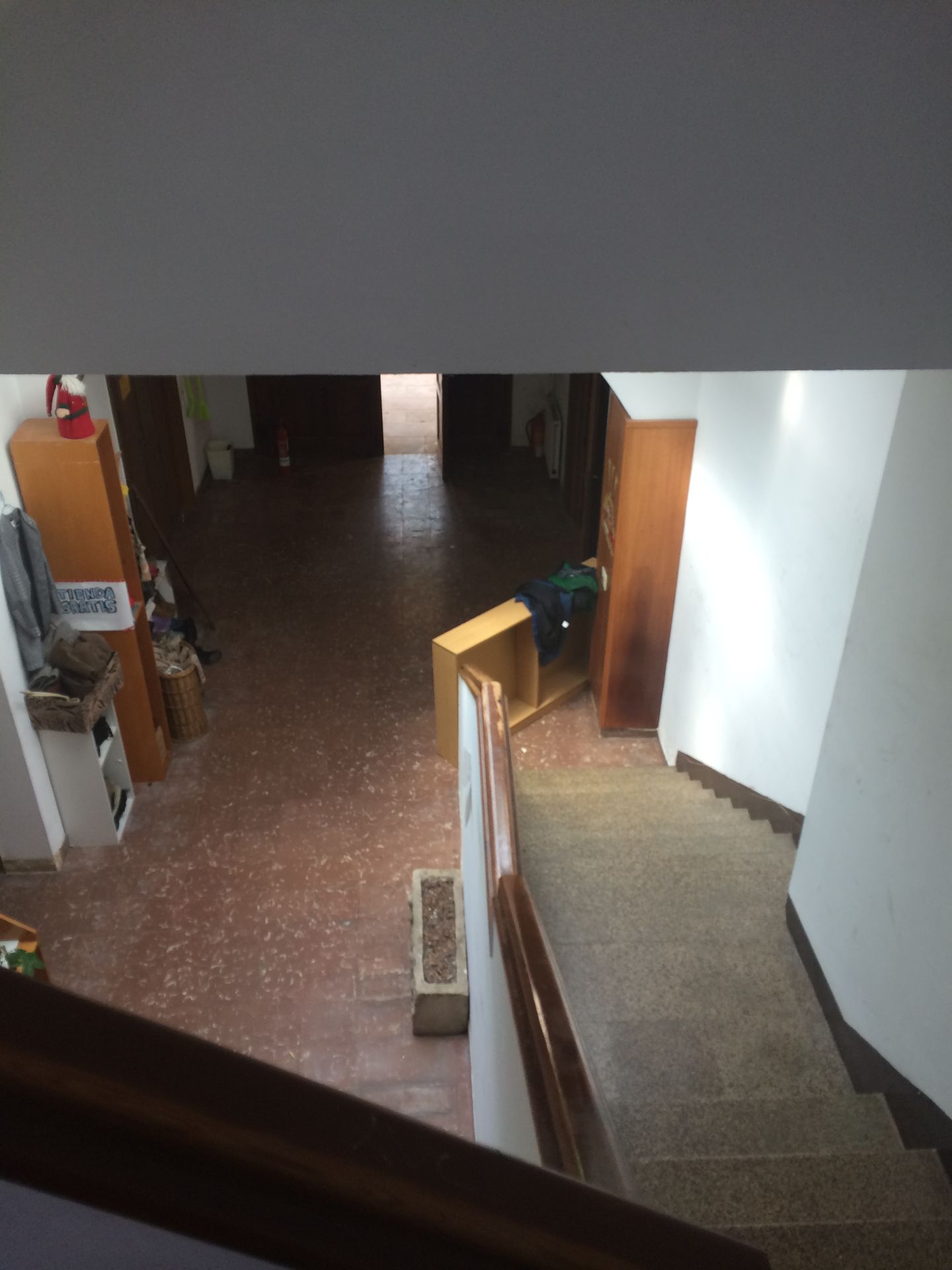

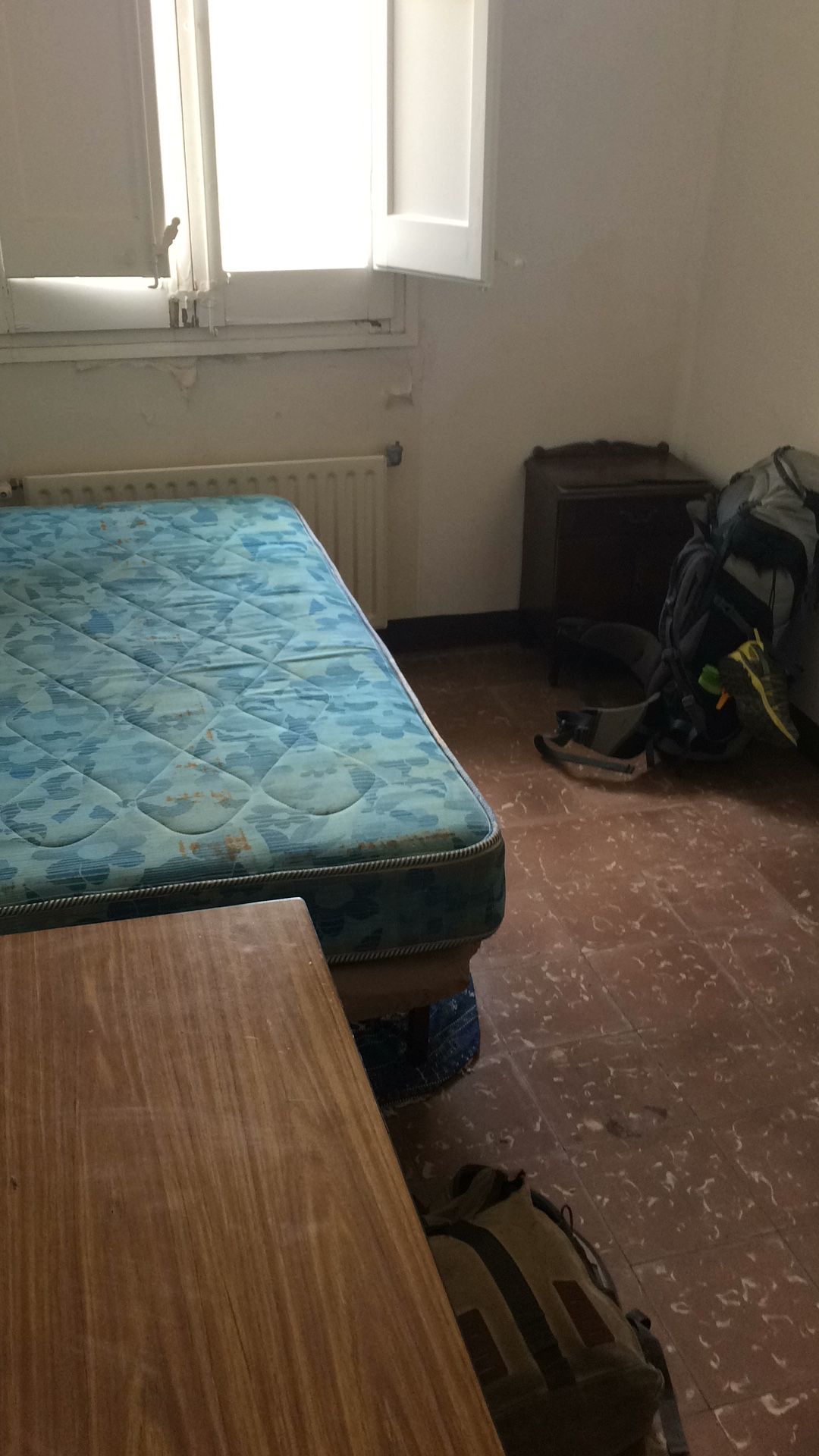
Barcelona is a huge European city with a lot of influences from the tourism industry. Last year, the city recorded over 11 million visitors within a year. Barcelona is modern, international, known for Gaudi's art, and much more. Particularly impressive is the Sagrada Familia church, which was designed by the Spanish architect/artist Gaudi in the 18th century. The construction of this church started in 1882 and is still not completed to this day. The majority of the revenue generated from admission fees is invested in the construction of the Sagrada Familia. Gaudi has set a specific date for the completion of the church (in 2026). The interior of the church is especially extraordinary and can be seen well in my pictures. The only drawback is the entrance fee, which is 13 euros for adults under 30 and 20 euros for others.
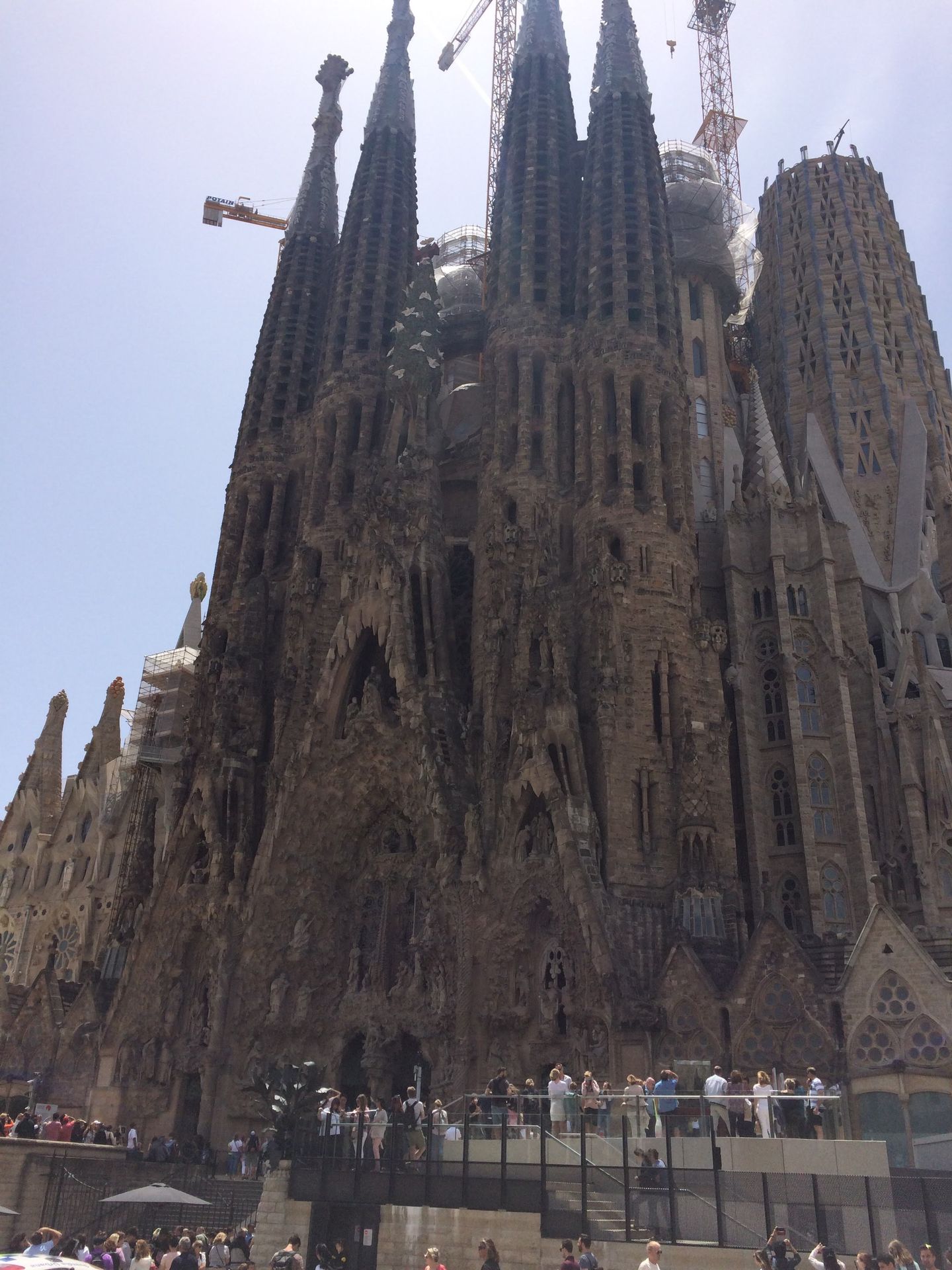
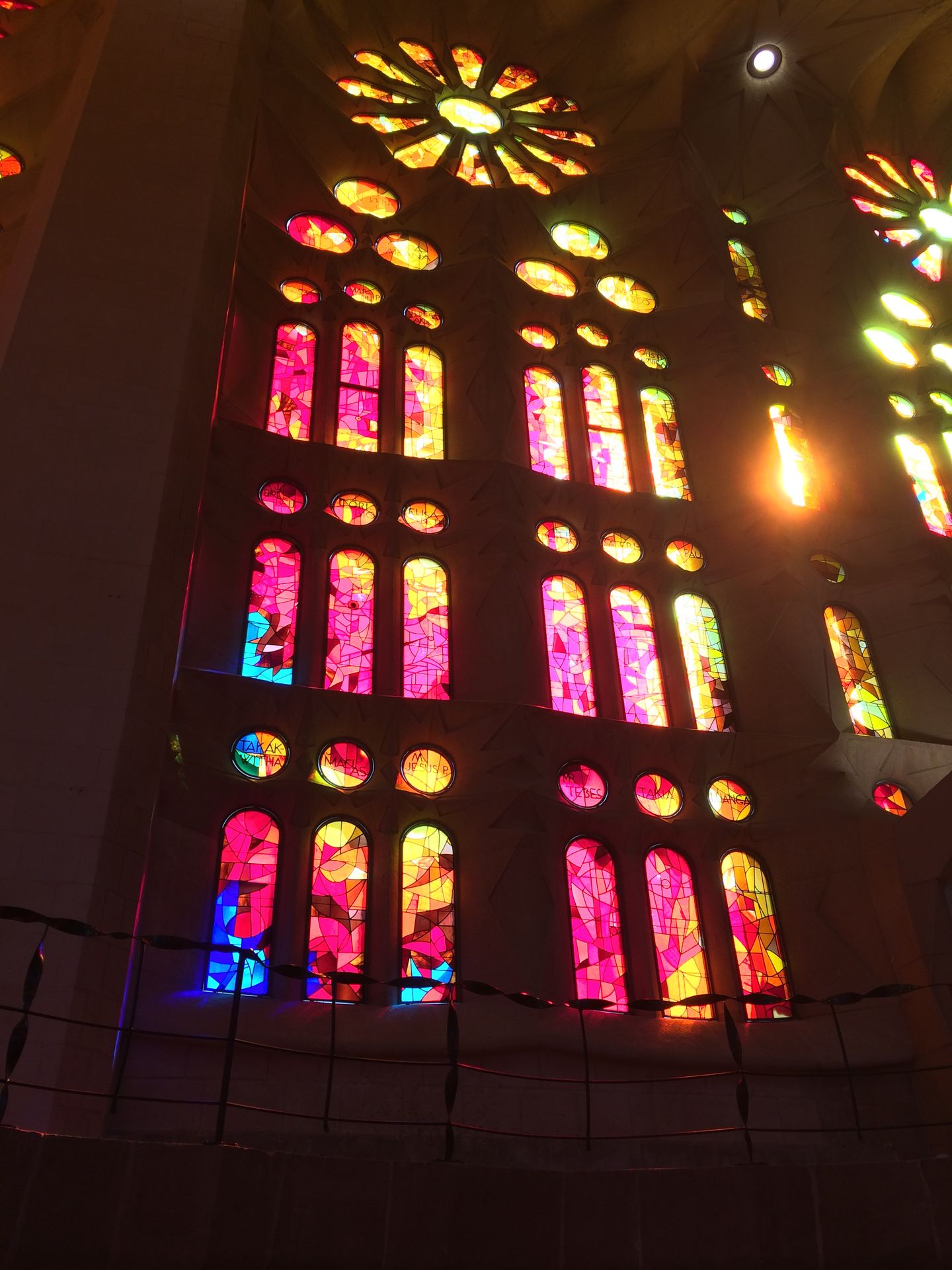
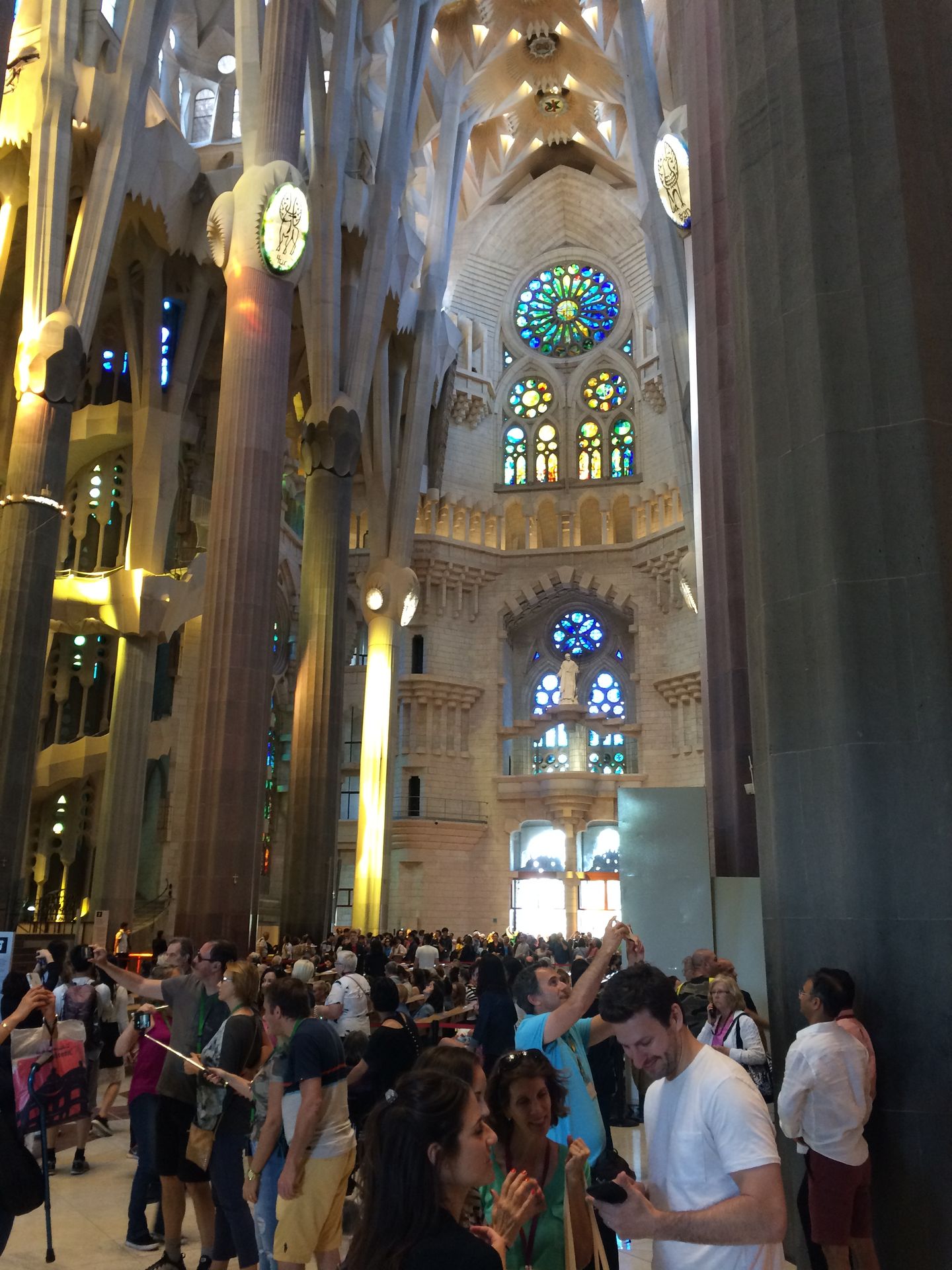
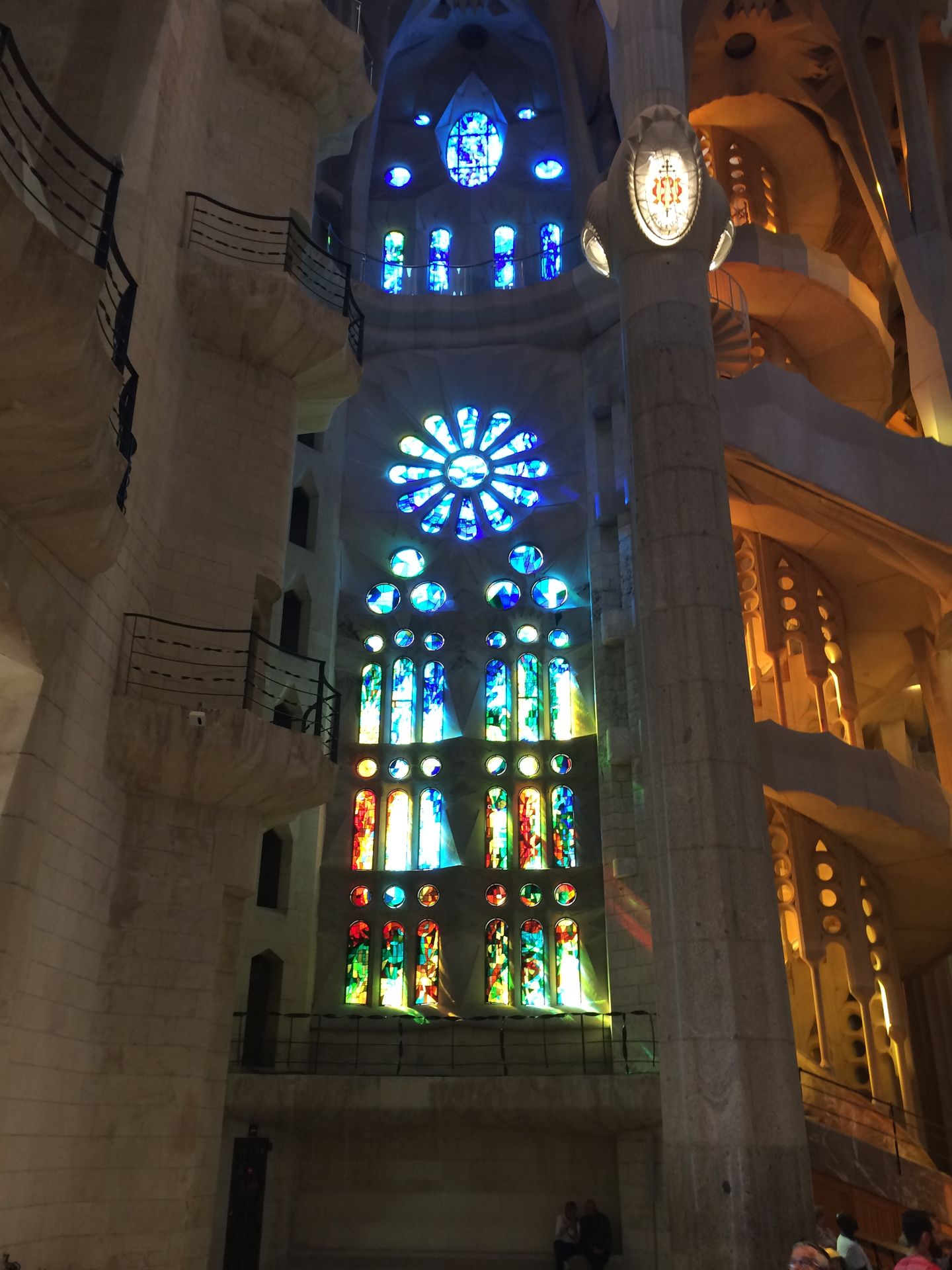

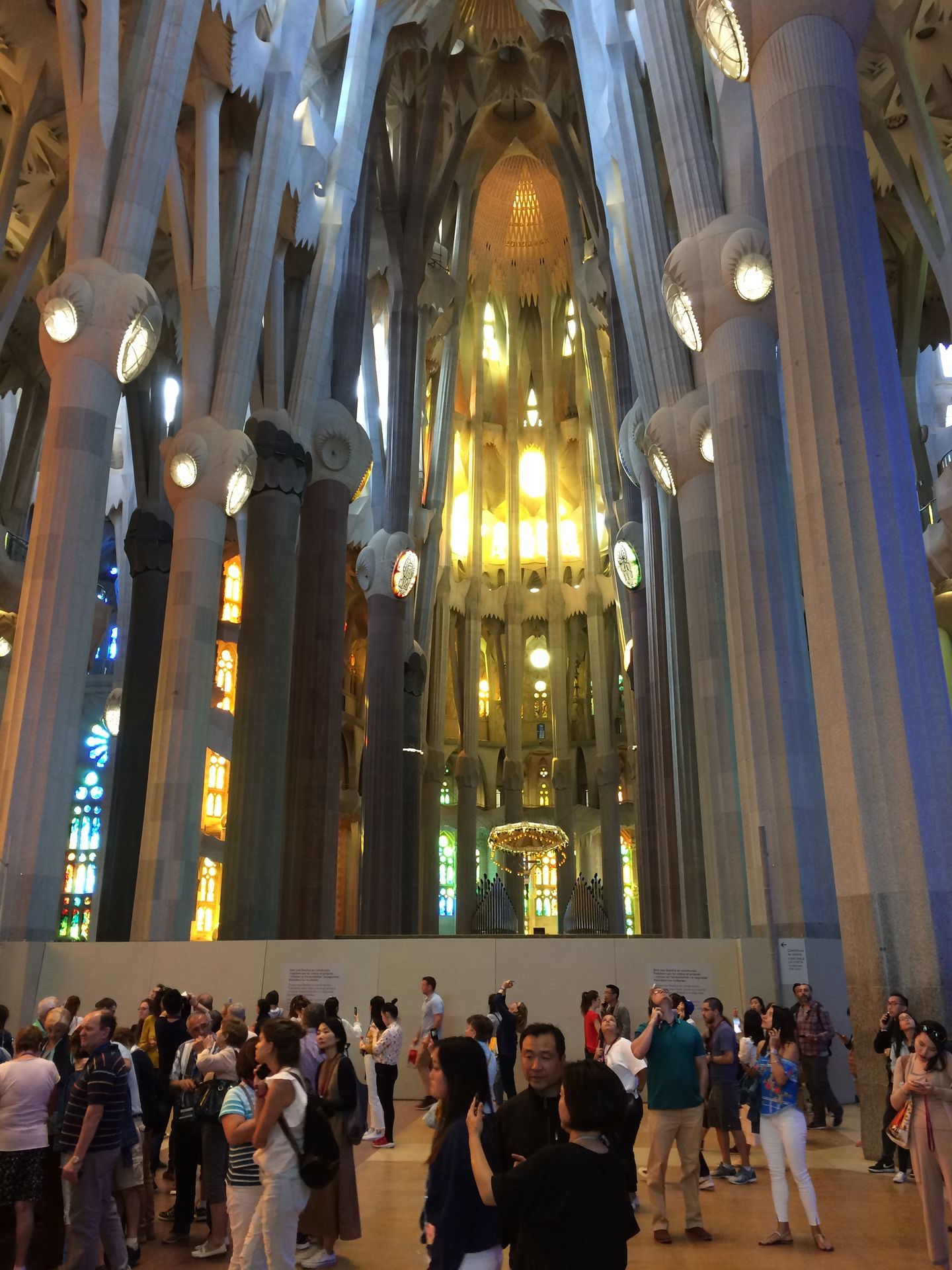
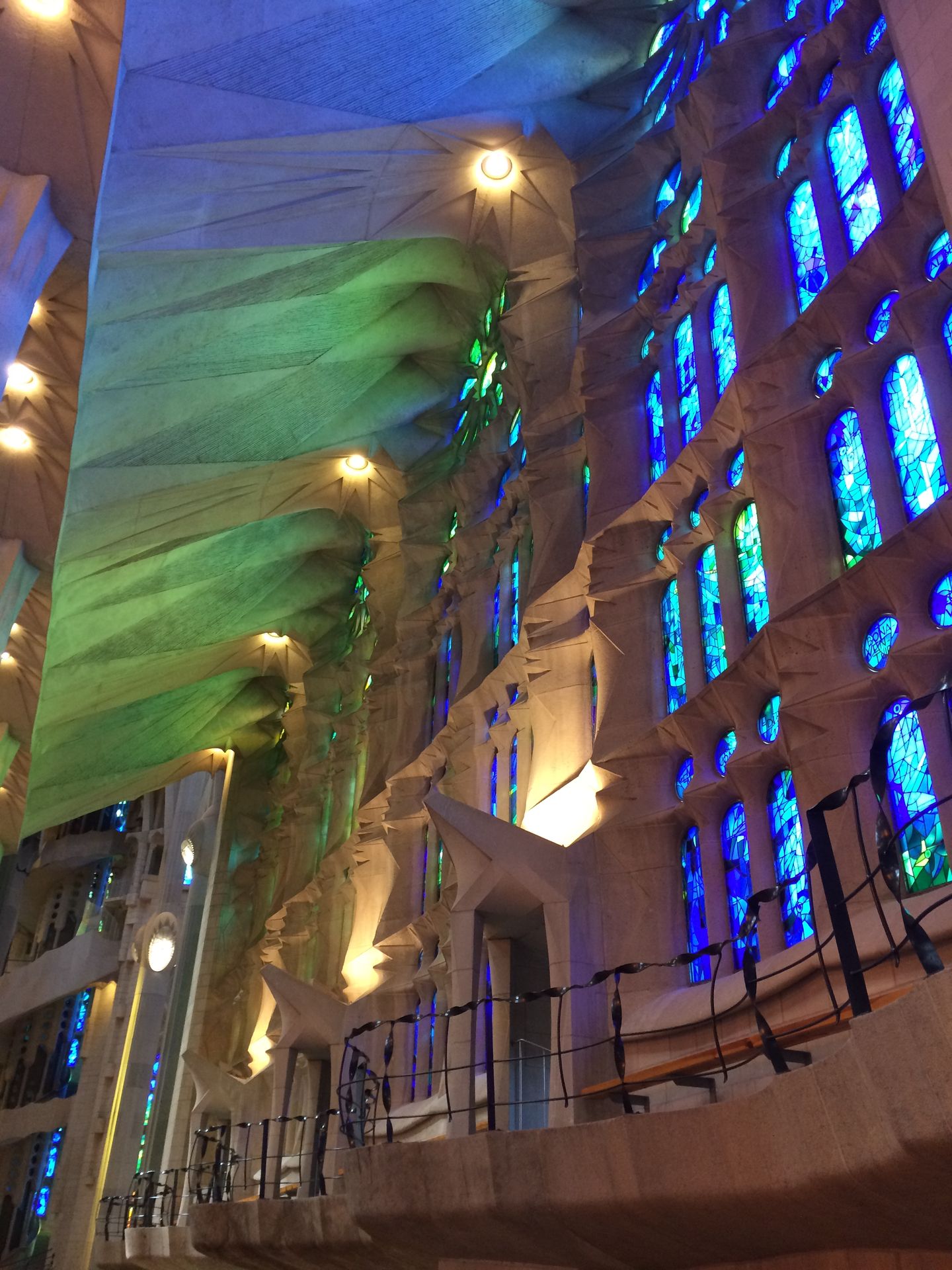
Yatiyäw qillqatar qillqt’asipxam
Jaysawi
